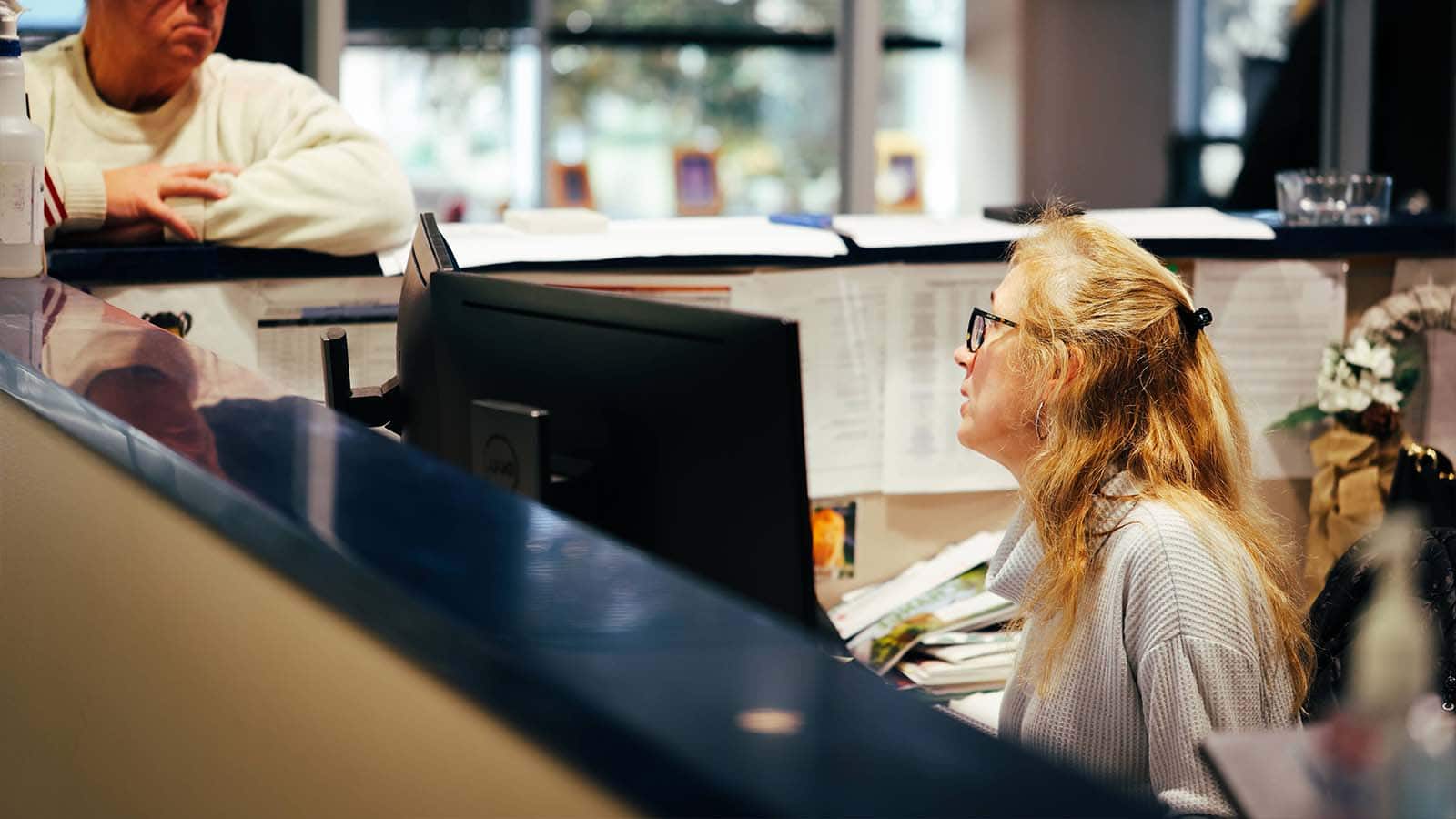What kind of relationship are you looking for with your next architecture firm?
Many architecture firms promise collaborative working relationships. Often, these turn out to be cooperative or coordinative instead. What’s the difference? Why does it matter? Find out how you can be sure you’re receiving a truly collaborative experience.
Common Client Expectations
Owners are often promised that they will experience a collaborative process; that the architect will work closely with their teams to achieve their vision and bring them a more robust and efficient building.
Common Realities
The owner may find that they do not significantly interact with individuals beyond the project architect or project manager. Communication between the design team and stakeholders is often:
- Intermittently occurring through email or brief phone calls
- Limiting of ability to address design issues
- Hindering achievement of insightful improvements
Design team members may have opposing goals or perspectives toward project outcomes, limiting the team’s ability to achieve a useful and functionally optimized design.
Cooperation and Coordination Pitched as Collaboration
Why are client expectations and reality frequently not in alignment? Processes pitched as collaborative are often actually either cooperative or coordinative. Both systems are characterized by less frequent and indirect communication and do not experience the benefits found in collaboration.
- Cooperation: Involves stakeholders sharing information only as needed or requested and can have different goals – often profit or technical performance – based on their perspective of the project.
- Coordination: Creates a more formal relationship and an understanding of project goals that result in some planning and increased communication, but interaction is still limited as compared to collaboration.
“Over the wall” communication (a term coined in George Elvin’s Integrated Practice in Architecture) frequently occurs within these systems through email, brief phone calls, or the passing of files. Even though cooperation and coordination have their place in architectural design, this less frequent and indirect communication – and the resulting lack of unified goals – can hinder the outcome of a project if relied on too heavily.
How LMHT Defines a Collaborative Working Relationship
In a truly collaborative relationship, the owner should expect to interact with all stakeholders early and frequently throughout the design process. Stakeholders should share goals, design tasks, resources, expertise, ideas, and responsibilities with the design team to create a unified path and resolve challenges efficiently and creatively.
The teams should meet frequently and in person to discuss goals, identify issues and look for creative and integrated solutions that can help provide the owner with a cheaper and more functional building.
Throughout the process, the owner should find that collaboration makes them feel like a more crucial part of the team while also allowing them to better achieve their goals.
Are You Receiving a Truly Collaborative Experience?
When an owner finds themselves involved in a collaborative project, they should ask themselves if they are truly receiving a collaborative experience. Is the process they are experiencing what they were promised or are they finding that they are really participating in a cooperative or coordinated process? Even though a truly collaborative experience requires more effort on the part of both stakeholders and designers, the outcome is worth it.
Let’s Start Collaborating
Our team of architects, engineers, designers, and project managers are ready to kick off our collaborative relationship and bring your vision to life.


